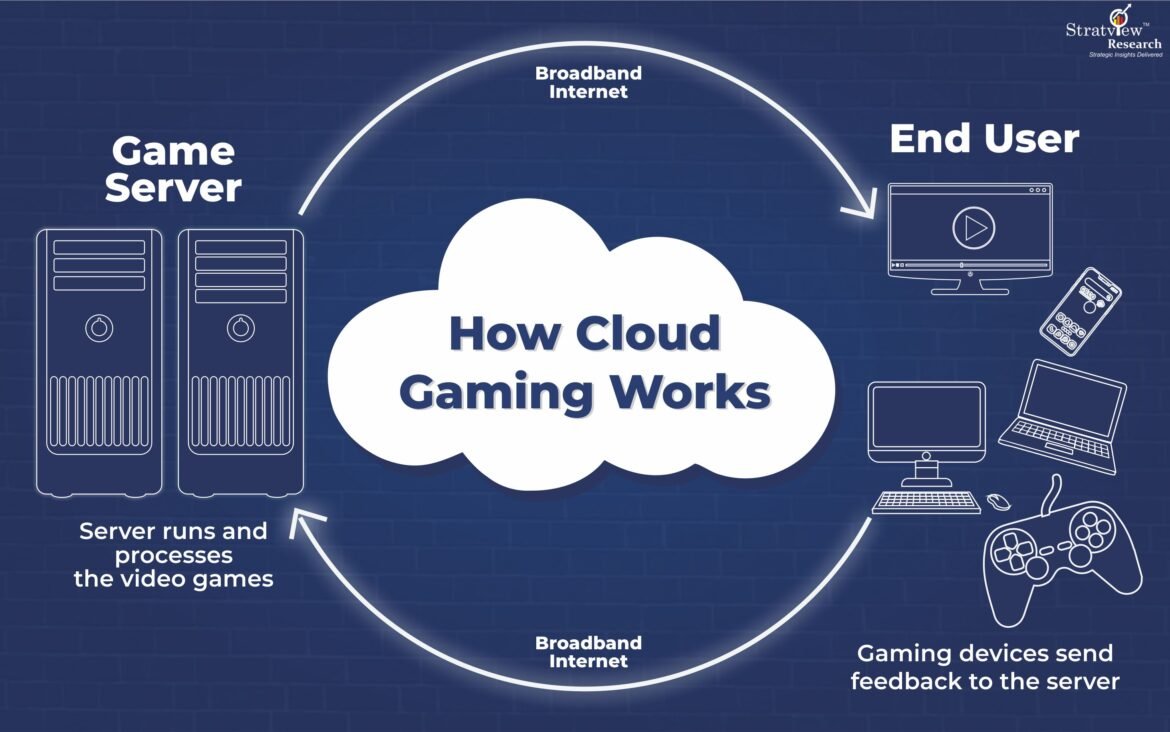
Introduction
Definition of Cloud Gaming
Cloud gaming, often referred to as game streaming, is a revolutionary technology that enables users to play video games without the need for high-end gaming consoles or PCs. Instead, games are hosted on remote servers in data centers, and players stream them over the internet to their devices—be it a smartphone, tablet, or smart TV. This means that the computational heavy lifting happens in the cloud, while players enjoy seamless gameplay as they connect with the server.
For instance, imagine playing the latest AAA title on your phone during your commute—it’s possible due to cloud gaming!
Significance of Cloud Gaming Industry
The cloud gaming industry is rapidly growing, fundamentally altering how games are delivered and consumed. Here are some key points highlighting its significance:
- Accessibility: Players can access a vast library of games without investing heavily in hardware.
- Cost-Effectiveness: Subscription-based models lower the barrier to entry, letting gamers pay for access rather than individual titles.
- Global Reach: Cloud gaming transcends geographical boundaries, allowing users from various regions to enjoy gaming experiences together.
As the demand for gaming rises, the significance of this industry will only continue to grow, making it a vital player in the entertainment landscape.
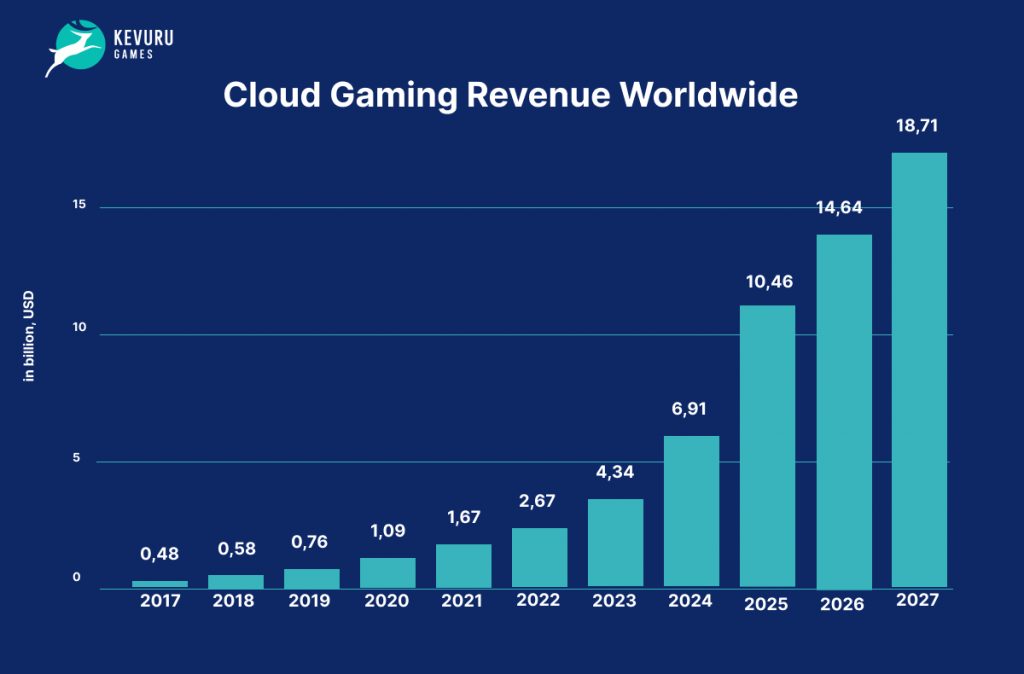
Evolution of Cloud Gaming Technology
Historical Overview
The evolution of cloud gaming technology has been a journey marked by innovation and ambition. It all began in the early 2000s with services like OnLive, which aimed to provide gamers with the ability to stream games directly to their devices. However, the initial concept faced significant challenges, primarily due to bandwidth limitations and latency issues.
Fast forward to the late 2010s, and we witnessed a renaissance in cloud gaming, with platforms like PlayStation Now and Google Stadia emerging. These services highlighted the potential of cloud technology, allowing gamers to play high-quality titles without the constraints of traditional hardware.
Impact of Technology Advancements
Advancements in technology, particularly in high-speed internet and real-time data processing, have dramatically transformed cloud gaming. Here’s how:
- Improved Internet Speeds: The rollout of fiber-optic networks and increased mobile broadband access has made high-definition game streaming more feasible.
- AI and Machine Learning: These technologies enhance user experience by reducing latency and optimizing resource allocation on servers.
- Dynamic Scalability: Cloud services can now dynamically allocate resources, handling more users without compromising performance.
These innovations have made cloud gaming more reliable and enjoyable, paving the way for even greater potential in the gaming industry.

Current State of Cloud Gaming
Major Players in the Market
As we navigate through the current state of cloud gaming, several major players have emerged, solidifying their positions in this exciting arena. Among them, we find:
- NVIDIA GeForce Now: Known for its powerful graphics capabilities, this service allows gamers to play their existing library of games on various devices.
- Xbox Cloud Gaming: Part of the Xbox Game Pass Ultimate, it offers a robust selection of games and a seamless experience across devices.
- PlayStation Now: With an extensive catalog of PlayStation titles, this service has garnered a loyal following of gamers.
These platforms have been instrumental in defining the cloud gaming landscape, each contributing unique features that cater to diverse gamer preferences.
Adoption Rates and Consumer Behavior
The adoption of cloud gaming is surging, driven by changing consumer behaviors. Recent surveys show that:
- 40% of gamers have tried cloud gaming services at least once.
- 25% of respondents indicated they would prefer cloud gaming over traditional scenarios, appreciating the convenience of accessing games anytime, anywhere.
As players become more accustomed to digital formats, it’s clear that cloud gaming is not just a trend—it’s shaping the future of gaming experiences. The combination of convenience and accessibility resonates with today’s dynamic lifestyles, making this evolution all the more exciting.

Trends Shaping the Future of Cloud Gaming
5G Technology Integration
As we look toward the future of cloud gaming, the integration of 5G technology is a game-changer. With its lightning-fast speeds and low latency, 5G enhances the overall gaming experience dramatically. Players can stream high-definition games without those pesky lags that can disrupt gameplay. Imagine battling with friends in a heart-pounding multiplayer game while on your morning commute—5G makes that possible!
- Key Benefits of 5G:
- Ultra-fast data transfer rates.
- Reduced latency, leading to more responsive gameplay.
- Enhanced ability to support multiple devices simultaneously.
Cross-Platform Compatibility
Another significant trend is the push for cross-platform compatibility. Gamers now want the freedom to play with friends, regardless of the device they’re using. By embracing this trend, developers are breaking down barriers and creating a more inclusive gaming community.
- Advantages of Cross-Platform Play:
- Increased player base for multiplayer games.
- Greater flexibility for gamers to choose their preferred devices without sacrificing compatibility.
Rise of Subscription Services
Finally, subscription services are transforming the cloud gaming landscape. With options like Xbox Game Pass and EA Play, players can access vast libraries of games for a monthly fee.
- Why Gamers Love Subscription Services:
- Cost-effective access to a wide variety of titles.
- Regular updates and additions to game libraries.
Together, these trends are not only shaping the future of cloud gaming but also enriching the overall gaming experience for countless players around the globe.
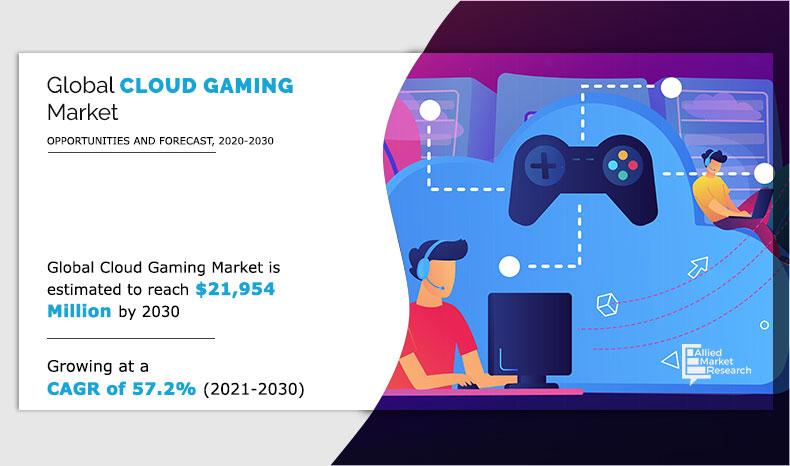
Challenges and Opportunities
Bandwidth and Latency Issues
While the future of cloud gaming is bright, there are significant challenges that can affect the overall experience. Bandwidth and latency issues remain at the forefront. For many gamers, a stable and fast internet connection is essential for fluid gameplay. Those with slower connections may experience lag, impacting their performance and enjoyment.
- Examples of Latency Challenges:
- Delayed responses in competitive gaming can lead to lost matches.
- Disrupted streaming during high-action sequences can frustrate even the most patient players.
Monetization Models
Another challenge lies in determining effective monetization models. As cloud gaming grows, developers and platforms grapple with how best to profit from their services:
- Current Monetization Strategies:
- Subscription-based models offer numerous games for a fixed monthly fee.
- Pay-per-play options may attract casual gamers who prefer not to commit long-term.
Finding the right balance between cost and value is crucial for attracting and retaining users.
Regulatory and Legal Considerations
Lastly, regulatory and legal considerations impact the cloud gaming landscape. Issues like data privacy, age restrictions, and licensing agreements pose challenges that must be addressed to ensure a safe and compliant environment for players.
- Key Considerations:
- Maintaining user data security during gameplay.
- Navigating varying international laws regarding gaming content.
Despite these challenges, the opportunities for innovation and growth in cloud gaming are immense, paving the way for a robust future.

Predictions for the Future
Market Growth Projections
As we look ahead, predictions for the cloud gaming market remain optimistic. Industry analysts forecast substantial growth over the next five years, with the market expected to reach approximately $20 billion by 2025. This growth is driven by factors such as increasing internet accessibility and the adoption of 5G technology, which together create a fertile environment for cloud gaming.
- Market Growth Drivers:
- Enhanced infrastructure and connectivity globally.
- Rising demand for mobile gaming and on-the-go access.
- Expansion of game libraries through partnerships and acquisitions.
Technological Innovations on the Horizon
In addition to market expansion, several technological innovations are on the horizon that could further transform cloud gaming. For instance, breakthroughs in artificial intelligence are set to revolutionize player experiences through personalized content and smarter in-game assistance.
- Anticipated Innovations:
- Cloud-Based AI: Providing tailored gameplay experiences based on player behavior.
- Real-time Graphics Processing: Making high-end gaming accessible to low-spec devices.
- Blockchain Integration: Offering decentralized ownership of digital assets, such as skins and collectibles.
These innovations promise to enhance gameplay and expand horizons, ensuring that cloud gaming will not only thrive but also evolve into a captivating frontier for players worldwide.
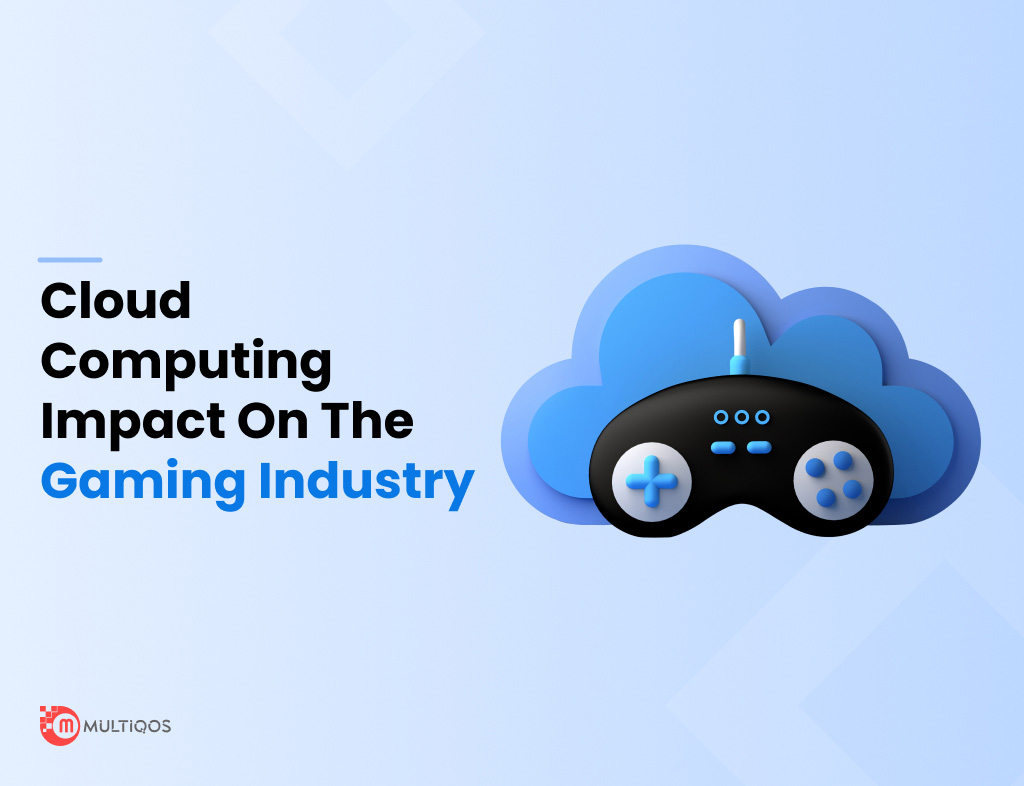
Impact on Traditional Gaming Industry
Disruption of Conventional Gaming Models
The rise of cloud gaming has introduced a wave of disruption within the traditional gaming industry. Previously, gamers relied heavily on purchasing physical copies or digital downloads of games. However, with cloud gaming, this model is shifting dramatically.
- Key Disruptive Changes:
- Access Over Ownership: Players are increasingly favoring subscriptions that offer access to vast libraries over outright purchases.
- Instant Play: Gamers can try new titles without the need for downloads, enhancing the accessibility of gaming.
For example, many players who once hesitated to invest in expensive console titles now have the option to explore diverse games through platforms like Xbox Cloud Gaming and PlayStation Now, all for a minimal monthly fee.
Collaboration and Competition Dynamics
With this transformation comes evolving dynamics between companies within the industry. Traditional gaming giants are forced to rethink their strategies as they compete with cloud-focused enterprises.
- Collaboration Opportunities:
- Established developers partnering with cloud services to reach wider audiences.
- Cross-promotional efforts to enhance user engagement between platforms.
This interplay between collaboration and competition fosters innovation, resulting in a more diverse and vibrant gaming landscape. The traditional gaming industry, although facing disruptions, appears to be adapting and evolving, ultimately benefiting players and developers alike.
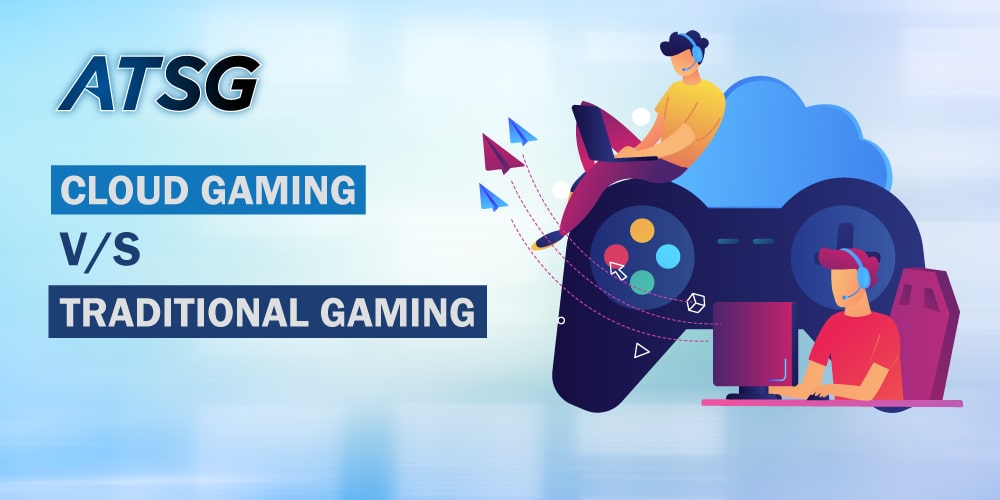
Conclusion
Summary of Key Findings
As we wrap up our exploration of cloud gaming, it’s clear that this dynamic sector is reshaping the gaming landscape in profound ways. Key findings from our discussion include:
- Technological Advancements: The integration of 5G and AI is enhancing players’ experiences, making gaming more accessible than ever.
- Market Growth: Predictions indicate promising growth, with the market expected to reach around $20 billion by 2025.
- Impact on Traditional Models: Conventional gaming strategies are being disrupted by subscription-based services, emphasizing access over ownership.
These elements underline the transformative nature of cloud gaming and its crucial role in the future of the industry.
Final Insights and Recommendations
In light of these findings, embracing the cloud gaming trend is vital for both gamers and developers. For players, exploring various cloud platforms can lead to discovering new favorites without financial commitment.
For developers, investing in cloud technology and forming strategic partnerships can boost their reach and relevance in this evolving market. As the gaming community continues to grow, adaptability will be key. Keeping an eye on emerging trends will ensure that all stakeholders remain ahead in this exhilarating gaming revolution.
